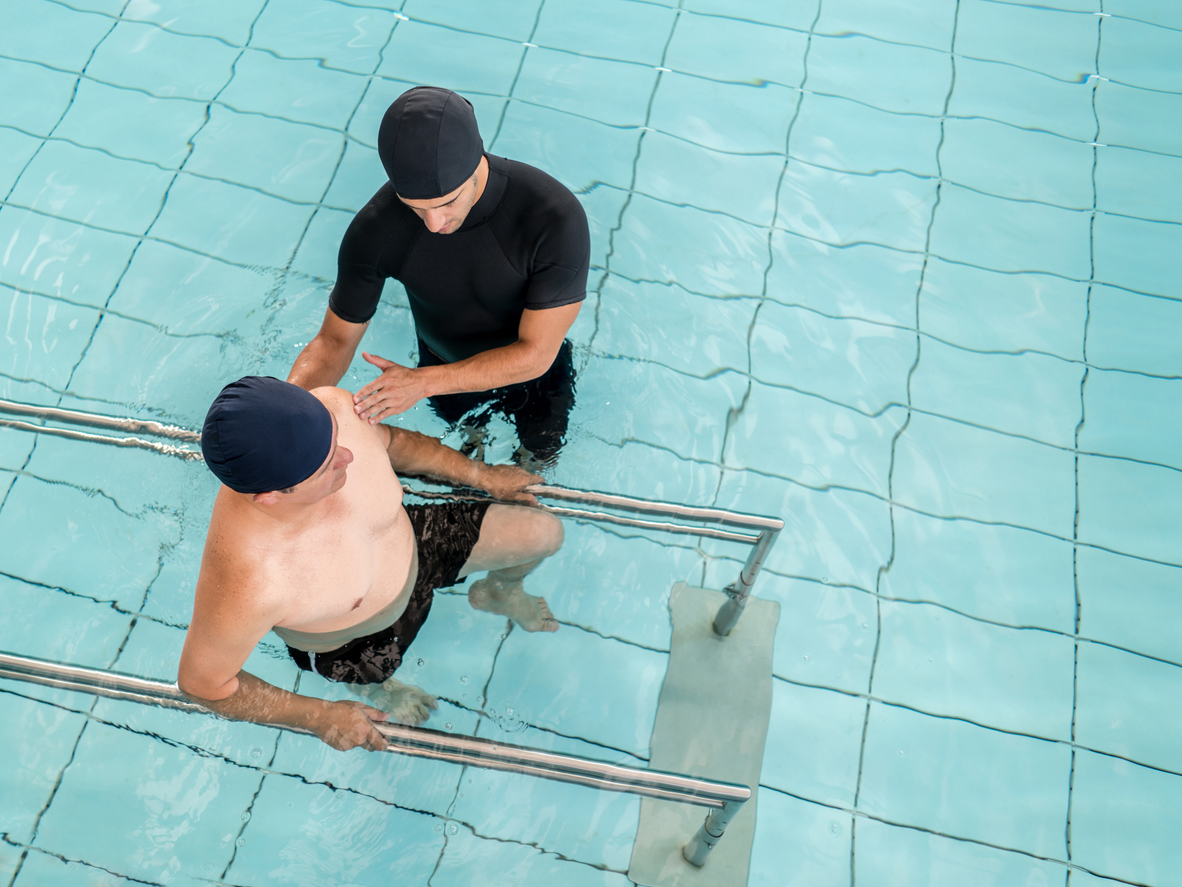Introduction
There was a time, not so long ago when alternative therapies were seen as strange and mystical. However, today, complementary therapies such as aromatherapy, reflexology, acupuncture, massage, and homeopathy have become widely accepted. One therapy that is not as well-known is Reiki. In this blog, we will explore the principles and benefits of Reiki, a Japanese form of hands-on healing that incorporates spiritual and personal growth.
The Origins of Reiki
Emerging from Japan in the early 20th century, Reiki is based on an ancient Japanese form of hands-on healing. While it may have a spiritual base, it is not tied to any specific religion. It can benefit anyone, regardless of their beliefs. The word Reiki translates to “universal life force,” representing the flow of energy through the body. The practice incorporates the four elements of fire, earth, air, and water, symbolizing energy and life force.
Who Can Practice Reiki?
One of the unique aspects of Reiki is that anyone can practice it. Every one of us has healing hands, though we may not know how to utilize them. To become a Reiki practitioner, one must attend a professional class and receive an attunement. This process switches on the practitioner’s healing powers. There are different levels of training, with level one enabling practitioners to perform Reiki on themselves and others. Those who wish to become professional therapists can progress to level two and, eventually, become Reiki Masters. Regardless of the level of training, once attuned to this universal life force, practitioners retain the ability to channel healing energy, even if they do not actively practice.
Principles of Reiki
While receiving Reiki treatment from a professional therapist can provide numerous benefits, incorporating the basic principles into everyday life can also be beneficial. These principles include:
Stop worrying: Let go of anxiety and face problems head-on.
Control anger: Reflect on the cause of anger and address it openly and honestly.
Show gratitude: Acknowledge even the smallest acts of kindness and express gratitude.
Embrace self-growth and personal development: Be open to learning and facing challenges.
Be honest with yourself and others: Face the truth and deal with it, forgiving yourself if needed.
Honor every living thing: Consider life from a global perspective and treat all beings with respect.
Receiving a Reiki Treatment
When visiting a Reiki therapist, the treatment is typically performed on a couch or bed. The client remains fully clothed throughout the session. The therapist will begin by asking straightforward questions about the client’s health and lifestyle to tailor the treatment accordingly. Creating a peaceful atmosphere with calming music and aromatherapy candles enhances the relaxation and healing experience of reiki treatment. It is important to remain relaxed to receive the energy of healing without any judgments.
The therapist will use various hand positions to channel healing energy to different areas of the body. The energy flow can help alleviate physical ailments, promote relaxation, and restore balance to the body and mind. The treatment typically lasts around an hour to an hour and a half, and it is important to allow time to rest and hydrate afterward.
Self-Reiki
While attending a Reiki class and receiving an attunement is ideal for practicing it on oneself, there are techniques that individuals can try at home for self-healing. These techniques can provide relief for common ailments and promote relaxation:
Headache relief: Place hands over the forehead and temples to alleviate headaches.
Throat chakra activation: Apply gentle pressure or hold hands over the throat to enhance communication and self-expression.
Solar plexus healing: Focus on the area above the navel to soothe anxiety and promote emotional balance.
Heart chakra healing: Place hands over the heart to cultivate love, compassion, and emotional well-being.
Lower back and sacral healing: Gently rest hands on the lower back to relieve tension and promote relaxation.
Signs to Look For
Several signs indicate the effectiveness of Reiki when offering it to others:
- Stomach Gurgling: When the person’s nervous system shifts to the parasympathetic mode, digestive juices are released, which can cause the stomach to growl. This is a good sign that the client is entering a state of relaxation.
- Swallowing: Increased saliva production, related to the digestive process, can cause the person to swallow frequently during a Reiki session.
- Eyelid Fluttering: If you notice the client’s eyelids fluttering slightly, it indicates that the body is receiving the life force energy.
- Intense Relaxation or Falling Asleep: Some clients may experience intense relaxation or even fall asleep during a Reiki session. This level of relaxation is a clear indication that Reiki is working.
- Body Twitching: Reiki can release energy blockages in the body, resulting in small jerking movements. These movements are normal and indicate that the energy is flowing.
Client’s Perspective
From the client’s perspective, there are several ways to know if Reiki is working:
- Quick and Complete Relaxation: Clients often report that they relax quickly and completely during a Reiki session, which is unusual for them. It’s a clear sign that the energy is having an effect.
- Quiet Mind: Reiki can quiet the busy mind, providing a sense of calm and mental clarity that is not experienced in daily life.
- Sensations in the Body: Some clients may feel temperature changes, tingling, or a flow-like sensation in different parts of their body. These sensations indicate that the energy is working in specific areas.
- Surfacing Memories: Reiki can loosen energy blockages, leading to the surfacing of memories or emotions that have been buried. This release is a sign that the energy is actively working with the client.
- Feeling Light or Weighted: Clients may experience a sense of floating or feeling heavy during or after a session. These sensations are a result of the energy rebalancing the body.
Conclusion
Reiki is a powerful and versatile healing technique that can benefit individuals on physical, emotional, and spiritual levels. Whether receiving it from a professional therapist or practicing self-Reiki, the principles of Reiki can help individuals cope with stress, enhance personal growth, and promote overall well-being. By incorporating Reiki treatment into everyday life, individuals can cultivate gratitude, honesty, and compassion for themselves and others.




